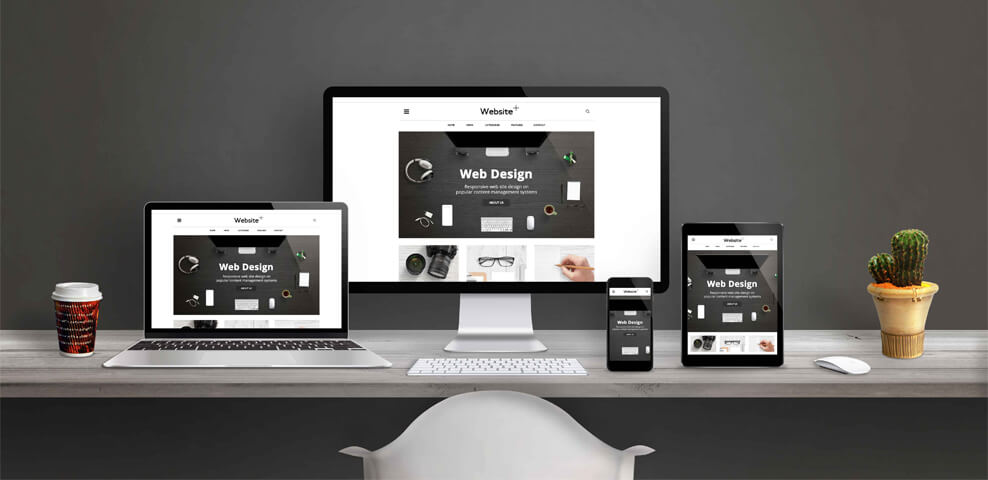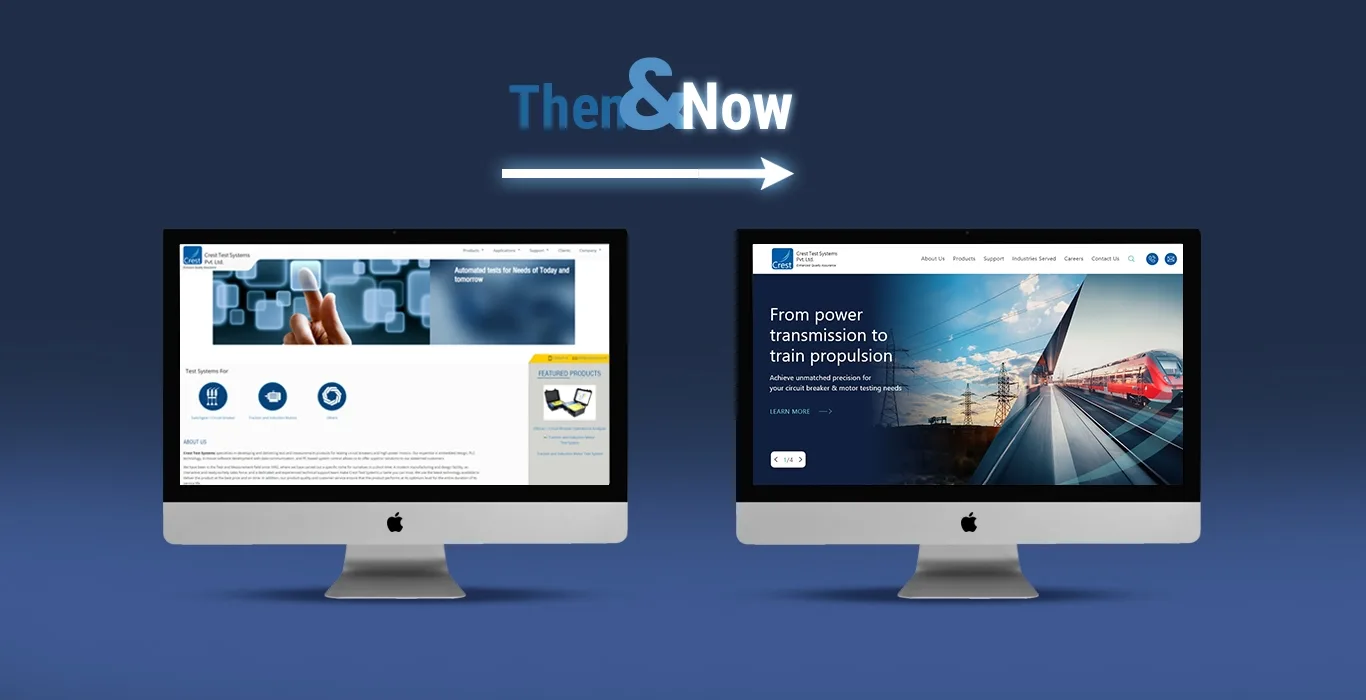4 min read
In today’s age of technological advancements, businesses recognize the significance of mobile devices, making them a priority when seeking a Web Design Company in India. Web Design Services in India are now tasked to ensure mobile-first design principles, & are at the forefront of their strategy. Responsive web design has become the constant for crafting intuitive and, more importantly, mobile-friendly websites.

1. What makes mobile-first design crucial to the modern-day digital realm?
Mobile-first design is not just a preference but a must. As the number of mobile phone users grows in India, having a mobile-first approach has become essential. In light of the changing user behavior in the country, where more users are increasingly accessing the internet via their smartphones, cross-device compatibility becomes a necessity for businesses. Users seeking web design services must access user-friendly sites that work regardless of whether they are on a computer or a mobile device.
Mobile optimization is an integral part of responsive web design that makes a website adaptable to changing screen sizes. It concentrates on offering a user-responsive user experience, contrary to the outdated desktop-only approach.
Adaptive design – often begins with desktop-first design, which is difficult to fit to mobile screens. As a result, this can be a source of several problems, such as bugs, slow load times, and, most importantly, a frustrating user experience. For this reason, businesses should put a lot of consideration on mobile-first design.
The approach to designing a mobile-first design focuses on simplicity. Through this move, the companies decrease the probability of bugs, improve the mobile optimization efficiency, and increase the website loading speed. In a country with ever-growing mobile users, fast-loading pages are preferred by search engines, especially Google.
In 2018, Google made page speed a ranking factor for mobile searches, which sealed the fate of Google’s preferences for mobile-friendly sites. A delay of a second in mobile page load can result in a loss of up to 20% of conversion.
2. What are the challenges associated with embracing a mobile-first strategy?
Though not a straightforward endeavor, opting for a mobile-first approach carries several challenges. The smaller canvas could be initially viewed as restrictive by web designers habituated to working with larger desktop screens. Familiarity with a more welcoming desktop-sized space might make them hesitant. Nevertheless, it is the process of transition that is key to delivering a responsive and user-responsive experience.
Another challenge when introducing clients to the idea of mobile-first design is uncertainty. This might confuse the client since they will see the desktop version at a later stage of the process. This challenge can be addressed by instilling confidence in India’s Web Design Organisation’s judgment.
However, some initial costs can be associated with training your team and adopting a mobile-first approach. However, the long-term payoff, such as improved user experience and enhanced customer retention, more than makes up for this.

3. What can businesses do to make sure of a consistent user experience across devices?
Businesses may use several strategies, such as responsive web design, to ensure a consistent user experience across devices. The basic principle of mobile-first design is always ensuring the user experience is optimized for mobile devices. The smallest screen to the largest display starts the design off on a solid footing, with content at the core. Thereafter, it combines updates for desktop and tab users.
The process also includes usability testing. Perform comprehensive usability testing to make sure your site works properly on different devices. It also involves assessing navigation, content presentation, and user interactions to pinpoint and fix any problems affecting cross-device compatibility.
Another important aspect of this strategy is content prioritization. Ensure you focus on the most critical content, even when the screen size is small. In addition, the mobile-first design has the advantage of focusing on content rather than navigation; therefore, users get crucial information as fast as possible.
Consider a user-centered design that suits your potential client’s needs and expectations. Responsive web design principles may prove important in ensuring a uniform user experience.
4. Does the mobile-first design work better in certain sectors?
While mobile-first design can benefit a wide range of industries, there are several sectors where it proves exceptionally advantageous:
Retail and E-Commerce: Retail and e-commerce businesses have a big advantage in a country where e-commerce rapidly expands, thanks to mobile-first design. This approach entails an easily navigable mobile interface that creates a seamless experience and, as a result, higher conversion rates.
Media and Content Publishing: Mobile-first design allows readers to access articles, videos and other content via their mobile devices by the publishers, media outlets, blogs and content publishing services.
Travel and Tourism: Through mobile-first design, travel websites, booking platforms, and tourism businesses can prosper. It targets on-the-go travellers who use smartphones to look up and book trips on the fly.
Healthcare and Telemedicine: Mobile-first design is vital in the health sector to help deliver critical health information, appointment scheduling, and telemedicine services available from mobile devices.
Restaurant and Food Delivery: Restaurant websites and food delivery services should consider a mobile-first design. This lets customers view menus, place orders, and track deliveries through smartphones, improving the overall user experience.
Mobile-first design is more than just a trend in a digital landscape increasingly dominated by mobile phone usage. Companies that have considered cross-device compatibility and responsive web design have the upper hand in fulfilling the changing preferences of the users. Therefore, adopting a mobile-first approach as the digital ecosystem in India evolves is a wise way of ensuring the long-term success of businesses.
If you are ready to enhance your digital presence, partner with IKF, a trusted Web Design Company in India. Let’s create a mobile-friendly website that captivates your audience and drives business success. Contact us to get started!

Ashish Dalia is the CEO & Chief Digital Marketing Strategist at I Knowledge Factory Pvt. Ltd.

Ashish Dalia is the CEO & Chief Digital Marketing Strategist at I Knowledge Factory Pvt. Ltd.











